The Lockheed CL-1200 Lancer was a late 1960s company-funded proposal for a new and improved Lockheed F-104 Starfighter. It was intended for the export market and was in direct competition with the Northrop F-5E Tiger II, Dassault Mirage F1, Northrop YF-17 and the McDonnell Douglas F-4 Phantom II. Lockheed hoped to capitalize on its F-104 production experience through commonality of parts and systems, and minimize expenses by reusing tooling, jigs and existing factory facilities. Lockheed was also experienced in consortium production and further hoped to continue this arrangement with the CL-1200. It was projected that CL-1200 deliveries could begin in 1972.[1]Borrowing heavily from the F-104 design the new type featured a new high-mounted, increased span wing and low-mounted, enlarged tailplanes. Both features were incorporated to improve flight handling characteristics and short-field performance. The CL1200-1 was to have used an uprated version of the F-104 engine, the General Electric J79 with a later variant known as the CL1200-2 to be powered by a Pratt and Whitney TF-30 turbofan.The CL-1200-1 was entered in the International Fighter Aircraft competition, but since the Northrop F-5 was named as the winner in November 1970, the primary market for the Lancer was lost, and the project was terminated with no examples completed.The X-27 was an experimental designation assigned by the USAF[1] to a proposed high-performance research aircraft derived from the CL-1200 Lancer project. The X-27 was to have tested advanced technology high-performance engines and equipment. Again, the X-27 project did not proceed beyond the mock-up stage.
Specifications
Spotlights
- DJkekkeroni 3.5 years ago
General Characteristics
- Created On Android
- Wingspan 29.5ft (9.0m)
- Length 57.5ft (17.5m)
- Height 19.0ft (5.8m)
- Empty Weight 18,072lbs (8,197kg)
- Loaded Weight 24,668lbs (11,189kg)
Performance
- Power/Weight Ratio 1.366
- Wing Loading 63.4lbs/ft2 (309.4kg/m2)
- Wing Area 389.2ft2 (36.2m2)
- Drag Points 2833
Parts
- Number of Parts 81
- Control Surfaces 5
- Performance Cost 405

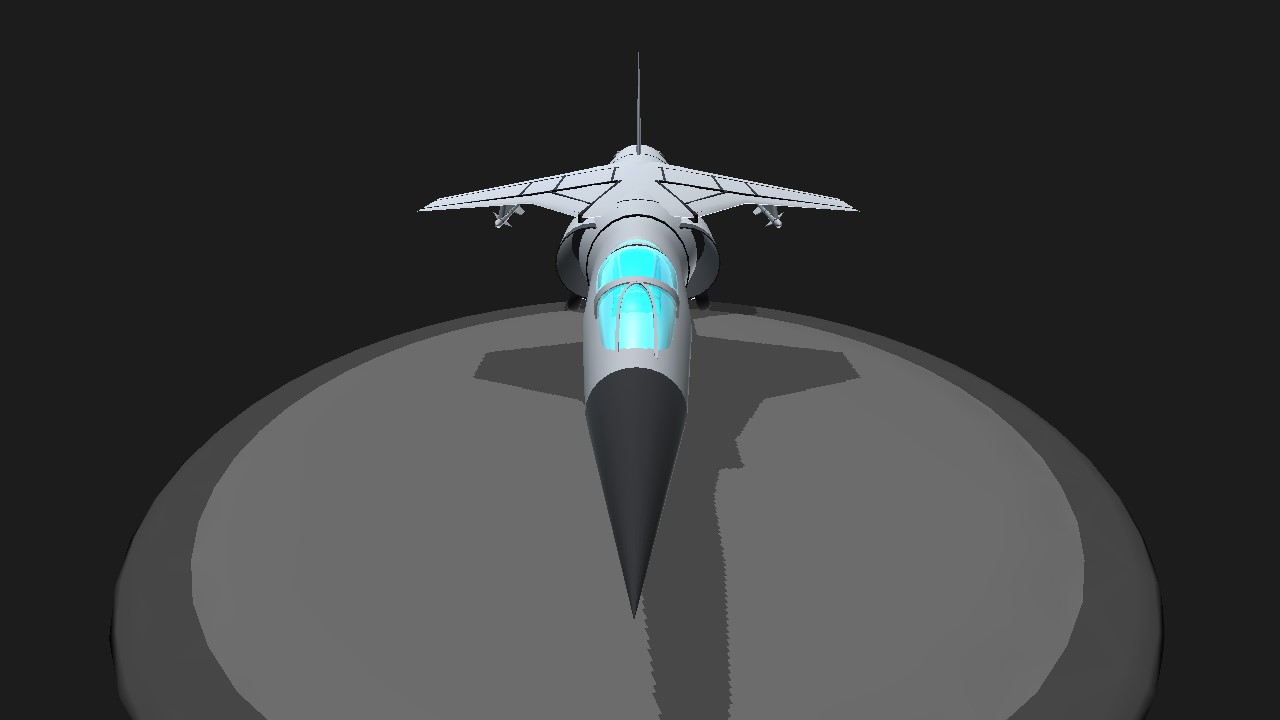
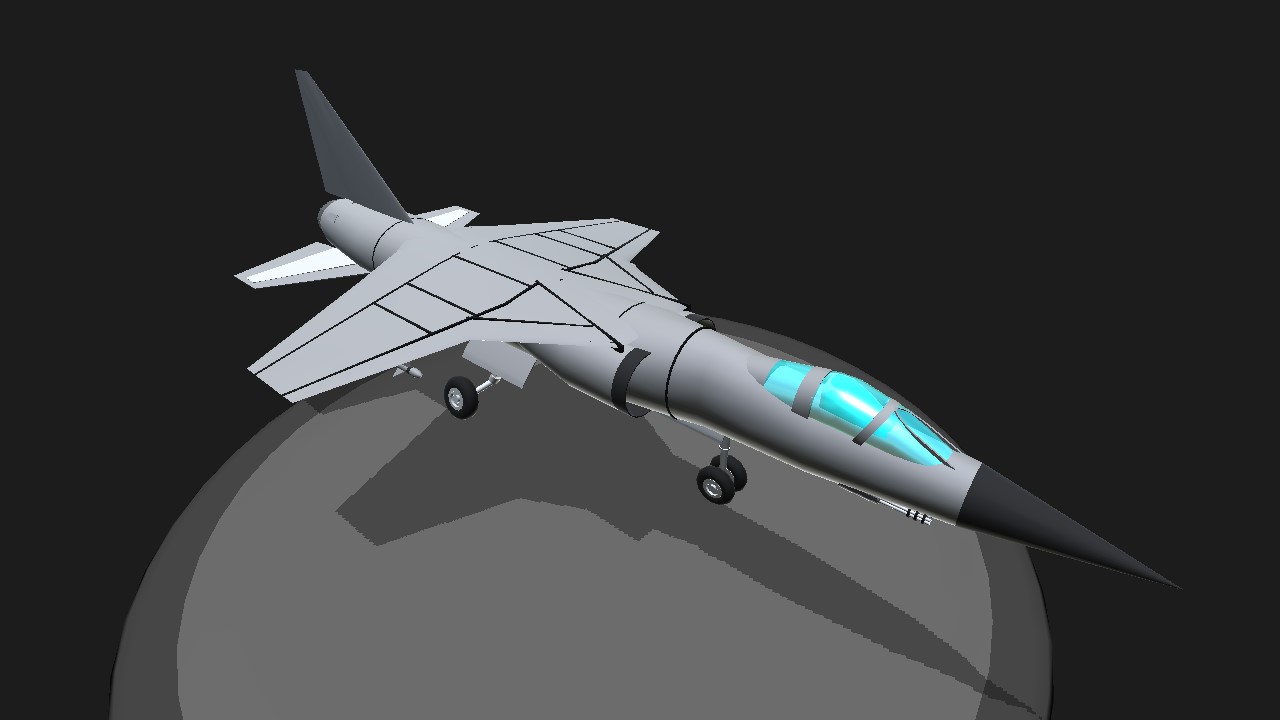
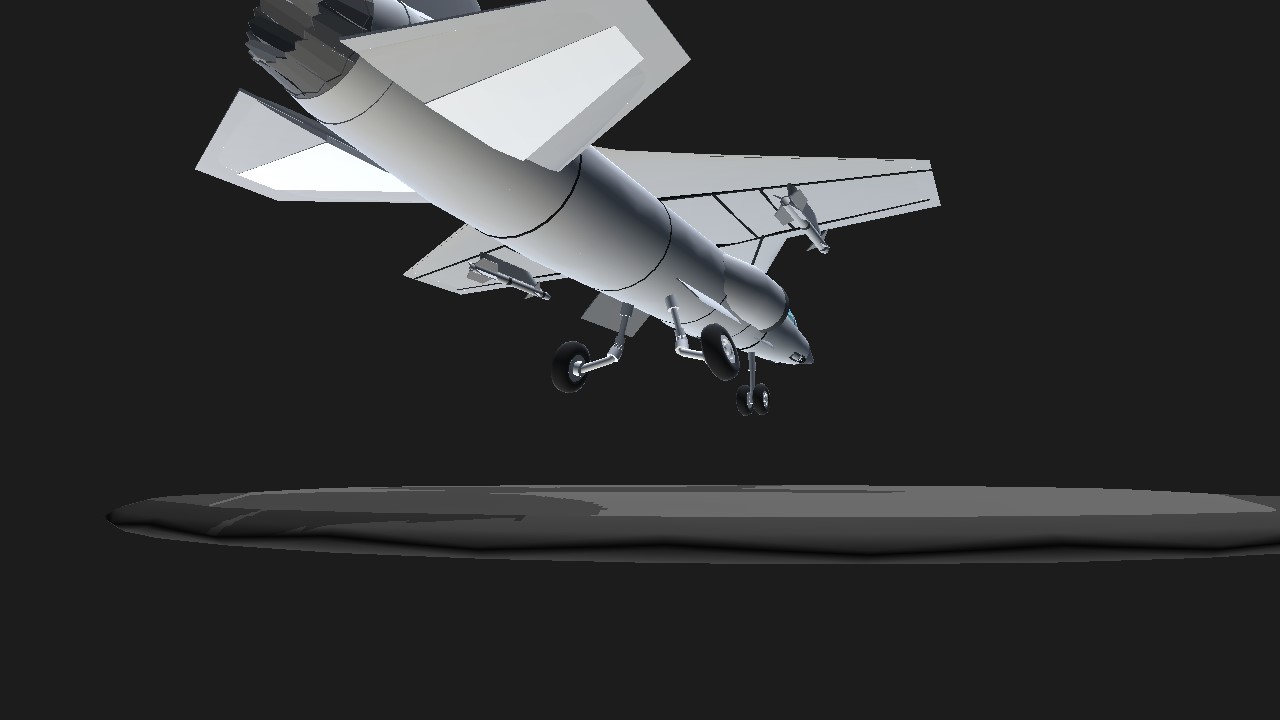
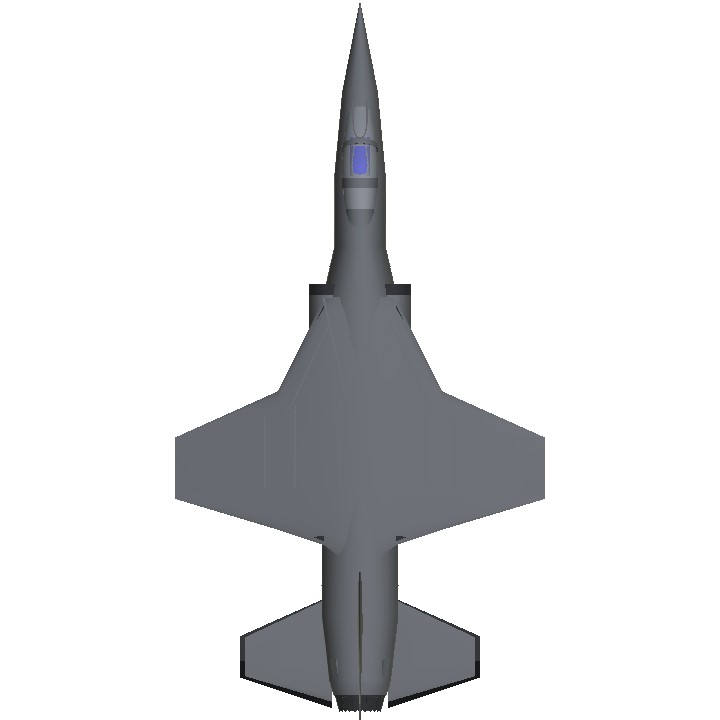
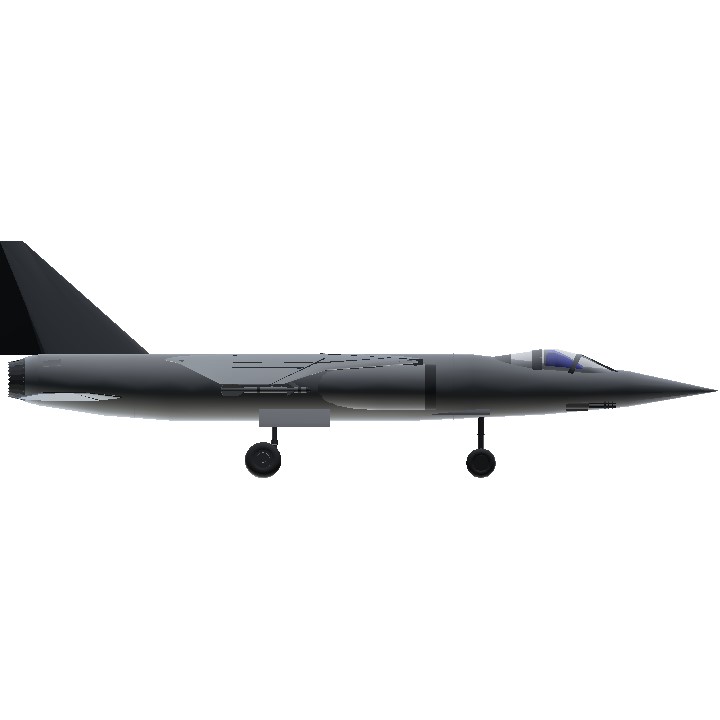

Design: 7/10
Performance: 8.5/10
Quality: 7.5/10
Presentation: 3/10
Overall: 8/10, thanks for entering